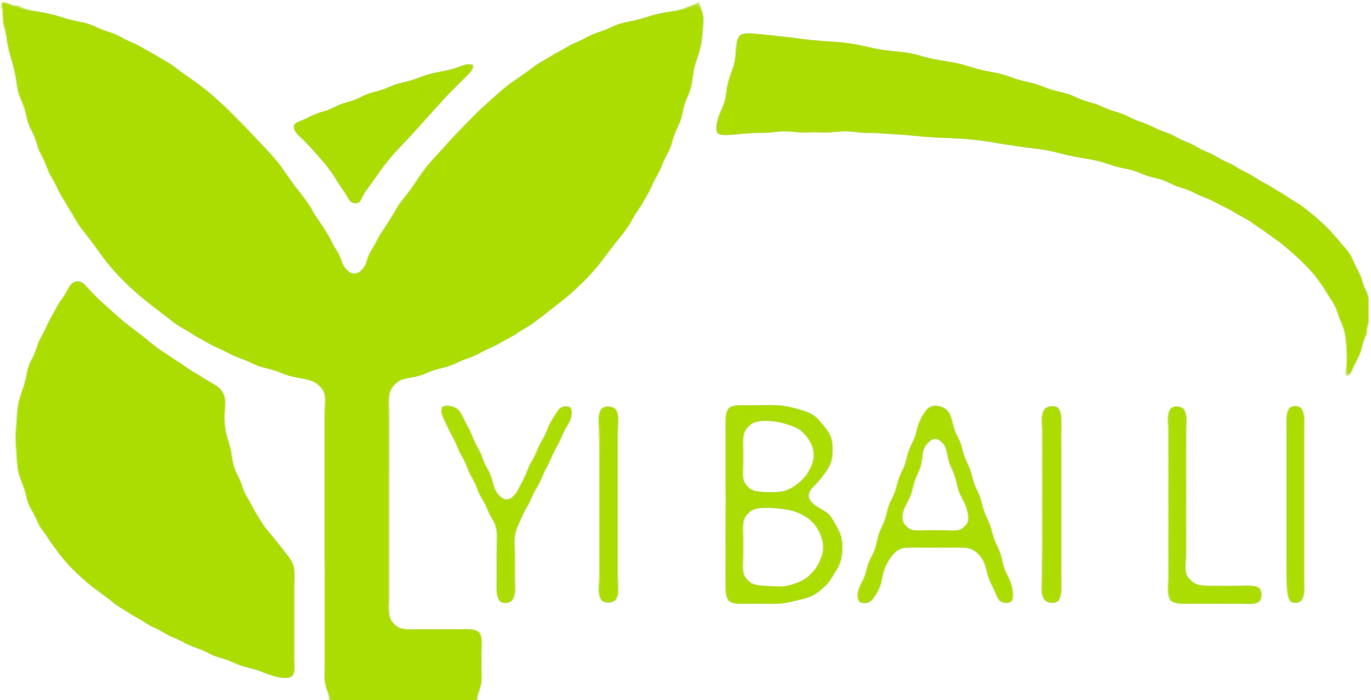Creating custom - tailored packaging? Here are the top tips
Understanding Core Objectives in Packaging Development
When it comes to creating successful packaging solutions, it all starts with making sure the design fits well with how the product will be used and what the market wants. Packaging professionals have a lot to think about. They need to carefully measure the product's dimensions to make sure the packaging is just the right size. They also have to consider the conditions during transportation, like how rough the ride might be, and what the retail display needs are, such as standing out on the shelf. It's not just about protecting the product; it's also about making the packaging look good. Integrating protective features, like cushioning or barriers, with aesthetic elements, like colors and graphics, requires a lot of careful planning. This way, the packaging can stay structurally strong while still looking appealing as it makes its way through different distribution channels, from the factory to the store shelf.
Material Selection for Optimal Performance
We've seen how important it is to start with the right design objectives in packaging development. Now, let's talk about another crucial aspect: the materials used. The choice of substrates, or the base materials for the packaging, has a big impact on how durable the packaging is and how it affects the environment. Corrugated fiberboard is a really popular choice. It's great because it offers a good balance between being strong enough to protect the product and being lightweight, which helps with shipping costs. Biodegradable polymers are becoming more and more popular, especially in food-grade applications. They're better for the environment as they can break down over time. And there have been some exciting recent advancements in plant-based composites. These offer new possibilities for creating packaging that can protect temperature-sensitive products while also being compostable, which is a big plus for the environment.
Cost Optimization Through Smart Engineering
Material selection is important, but cost is also a major factor in packaging. That's where smart engineering comes in. Implementing value engineering principles can help reduce waste of materials without sacrificing how well the packaging works. For example, using computer-aided structural simulation is a really useful technique. It allows designers to figure out which parts of the packaging can have less material without losing its ability to bear the load. This helps save on costs. Also, making bulk purchasing agreements with raw material suppliers can get better prices for the materials. And using a modular design approach means that the production can be scaled up or down more easily across different product lines, which improves efficiency and can also save money.
Sustainability Integration in Modern Packaging
Cost optimization is important, but in today's world, sustainability is also a huge consideration in packaging development. Environmental concerns are driving a lot of innovation in this area. For instance, instead of using traditional petroleum-based finishes, water-based coatings and soy inks are emerging as great alternatives. They're better for the environment as they don't have as many harmful chemicals. Also, implementing the principles of the circular economy is becoming more important. This means designing packaging that can be easily taken apart for recycling or reuse. This is especially crucial for e-commerce packaging, since consumers often interact directly with it and are more likely to notice and appreciate sustainable features.
Prototyping and Performance Validation
Sustainability is an important part of modern packaging, but before the packaging goes into production, it needs to be tested to make sure it meets the real-world demands. Advanced testing methodologies are used for this. Drop testing simulations, for example, can show how the packaging holds up when it's dropped during transportation. Compression analysis helps determine how much weight the packaging can handle. And climate chamber evaluations can test how the packaging performs in different temperature and humidity conditions. All this data is really important for making iterative design improvements. Now, there's also digital twin technology. It allows designers to virtually test the packaging systems under all sorts of logistics scenarios, like different shipping routes or storage conditions. This not only saves time in the development process but also reduces the costs associated with making physical prototypes.
Market Adaptation Through Consumer Insights
Testing the packaging is essential, but to be truly successful in the market, it also needs to meet the needs and preferences of consumers. Understanding evolving consumer behaviors is becoming increasingly important for packaging success. For example, eye-tracking studies can show what information on the label catches consumers' eyes the most, which helps in creating the optimal information hierarchy for label designs. Haptic feedback research, which looks at how people interact with the physical surface of the packaging, can inform tactile surface treatments, like making the packaging feel smooth or textured. Also, making adaptations based on different demographics is crucial. For the aging population, ergonomic openings that are easier to use can be designed. And for pharmaceutical products, child-resistant features are important. All these examples show the importance of designing packaging with the user in mind.
Regulatory Compliance and Global Standards
Meeting consumer needs is important, but packaging also has to follow a lot of rules, especially when it comes to international markets. Navigating international packaging regulations requires having proactive compliance strategies. For example, if the packaging is for food products, the materials used need to meet the requirements set by the FDA in the United States or the EU framework. And if the packaging is for shipping containers, especially those carrying hazardous materials, they need to have the right certifications for international transport. Also, with emerging legislation regarding extended producer responsibility, which means producers have more responsibility for the entire life cycle of the packaging, it's important to stay up-to-date. This ensures that the packaging solutions will be viable in regulated markets in the long run.

 EN
EN
 FR
FR
 JA
JA
 RU
RU
 ES
ES
 AR
AR
 BG
BG
 CS
CS
 DA
DA
 NL
NL
 FI
FI
 DE
DE
 EL
EL
 HI
HI
 IT
IT
 KO
KO
 NO
NO
 PL
PL
 PT
PT
 RO
RO
 SV
SV
 TL
TL
 ID
ID
 LT
LT
 SR
SR
 UK
UK
 VI
VI
 HU
HU
 TH
TH
 TR
TR
 FA
FA
 AF
AF
 MS
MS
 GA
GA
 EU
EU
 LA
LA
 NE
NE
 KK
KK
 UZ
UZ
